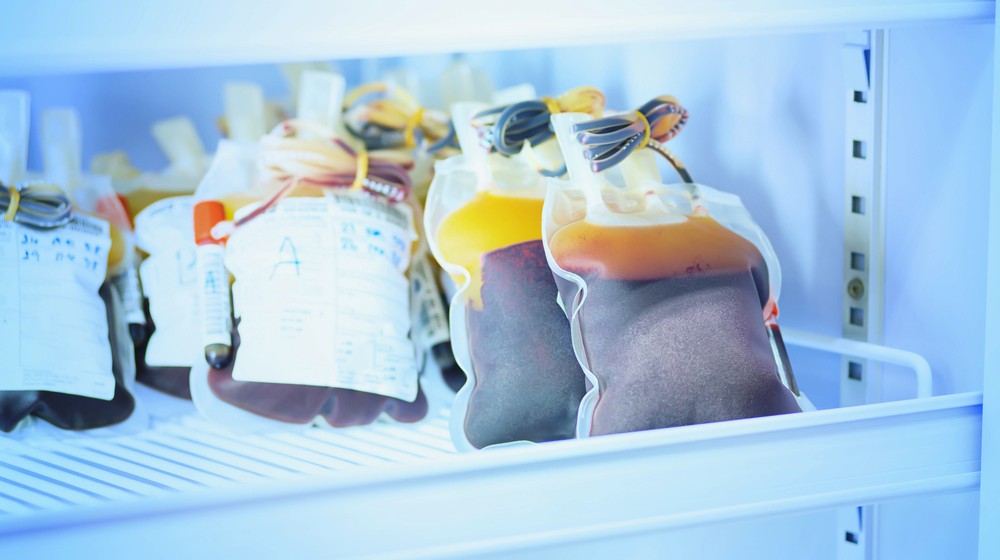Cord Blood Banking:
Cord Blood Collection:
Cord blood is the blood collected from the umbilical cord and placenta after childbirth.
The collection process is non-invasive and occurs after the infant is born and the umbilical twine is clamped and reduce.
Processing and Storage:
The collected cord blood is processed to isolate and store the stem cells it contains.
Cord blood contains hematopoietic stem cells, which might become varied blood cells and are used in the remedy of certain diseases like leukemia and other blood issues.
The processed cord blood is then cryogenically preserved and saved in specialized facilities for long-term storage.

Medical Applications:
Cord blood stem cells can be utilized in hematopoietic stem cell transplantation, significantly for patients with certain genetic disorders, cancers, and blood-related diseases.
Private vs. Public Cord Blood Banks:
Private wire blood banks retailer cord blood for the exclusive use of the infant and their household.
https://maps.app.goo.gl/AdP3zd72Kmb7Tyey9 acquire and store wire blood for public use, making it obtainable to anyone in want.
Tissue Banking:
Tissue banking involves the gathering and preservation of varied tissues for potential medical use. This can embody:
Sperm and Egg Banking:
Sperm and egg banks retailer reproductive cells for fertility preservation.
Individuals going through medical remedies that may influence their fertility, such as chemotherapy, might choose to financial institution sperm or eggs for future use.
Bone and Connective Tissue Banking:
Bone and connective tissues, corresponding to tendons and ligaments, may be harvested from donors and preserved for use in orthopedic and reconstructive surgeries.
Cornea and Eye Tissue Banking:
The corneas of deceased donors could be preserved and used for corneal transplants to restore vision.
Skin Tissue Banking:
Skin tissue may be donated, processed, and saved for use in grafts for burn victims or individuals with severe skin accidents.
Heart Valve Banking:
Heart valves can be recovered from donors and preserved to be used in valve substitute surgeries.
Umbilical Cord Tissue Banking:
In addition to twine blood, the tissue from the umbilical wire itself incorporates a different kind of stem cell. This tissue could have potential therapeutic functions and can additionally be being banked by some services.
Both twine blood banking and tissue banking provide priceless sources for medical therapies, analysis, and future therapies. They provide options for people and families to preserve biological supplies which will have medical significance down the line, whether for their very own use or for the profit of others in want..
